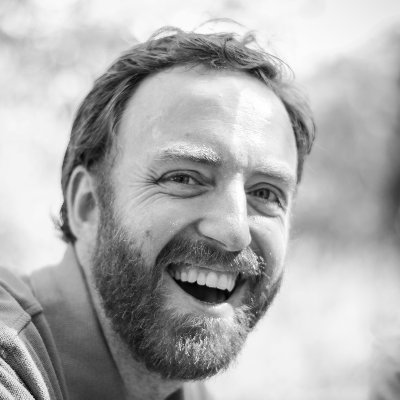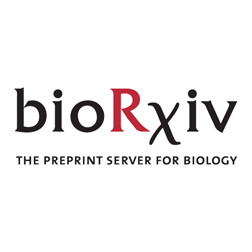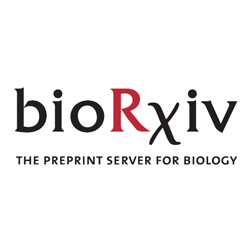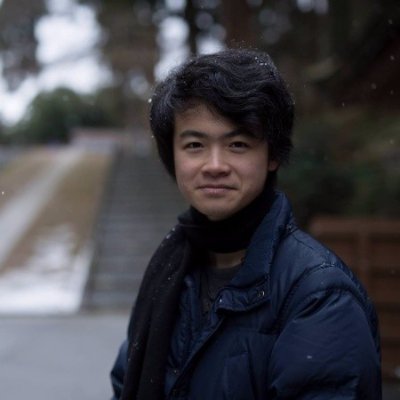
Charles Danko
@charlesdanko
Followers
2K
Following
7K
Media
80
Statuses
2K
I study how genome sequence controls gene expression at Cornell.
Ithaca, NY
Joined January 2014
Pol II pausing is an important regulatory step in gene expression. Its present in most animals, but absent in yeast. How and when did pausing evolve? . Check out our latest by @alexachivu.
biorxiv.org
Promoter-proximal pausing of RNA polymerase II (Pol II) is a key regulatory step during transcription. To understand the evolution and function of pausing, we analyzed transcription in 20 organisms...
1
49
224
RT @anshulkundaje: Great work from @missing_a_rib ! First convincing case I've seen for improved performance of sequence models (of nascent….
0
6
0
RT @missing_a_rib: Does training sequence-to-function models on matched functional & genome sequences improve variant effect prediction? Fo….
biorxiv.org
Sequence-to-function models have broad applications in interpreting the molecular impact of genetic variation, yet have been criticized for poor performance in this task. Here we show that training...
0
20
0
Latest work from our lab on improving variant interpretation for sequence to function models. Congrats to @missing_a_rib and @NathanPalamutt3 .
Does training sequence-to-function models on matched functional & genome sequences improve variant effect prediction? For local functions like transcription initiation/enhancer activity, our view is yes. Please check out our new preprint:
0
0
7
Our work led by the great @missing_a_rib!. See his follow up poster/ short talk on how using personalized genotypes improves SNP effect prediction. #MLCB2024.
Concurrently-developed deep learning models to capture transcription initiation syntax:. @anshulkundaje lab's ProCapNet @charlesdanko lab's CLIPNET #MLCB2024.
0
1
5
RT @compbiologist: Concurrently-developed deep learning models to capture transcription initiation syntax:. @anshulkundaje lab's ProCapNet….
0
2
0
Data in the Choudhary lab paper actually supports this point: .First, remember that blocking pause release increases the amount of Pol II in the pause, near the TSS of protein coding genes. See here:
elifesciences.org
The elongation rate of RNA Polymerase II varies greatly between and along genes, as this enzyme accelerates from stable pausing to rapid elongation within genes, and is influenced by CG-content,...
1
0
0





